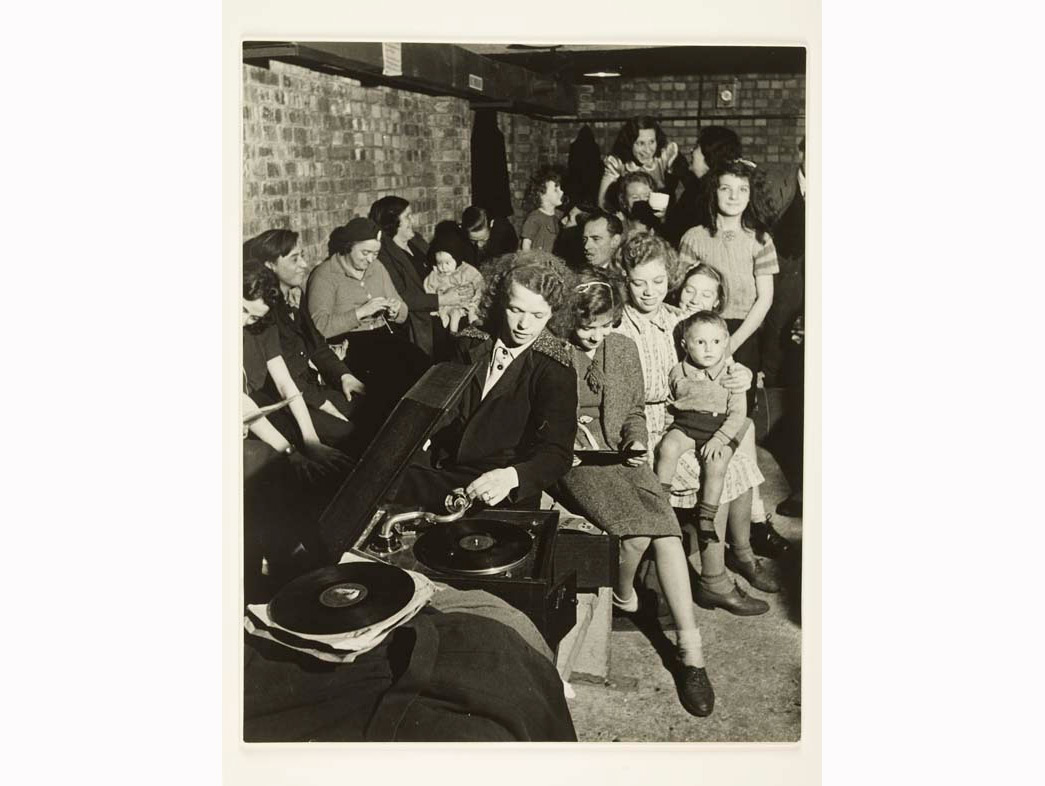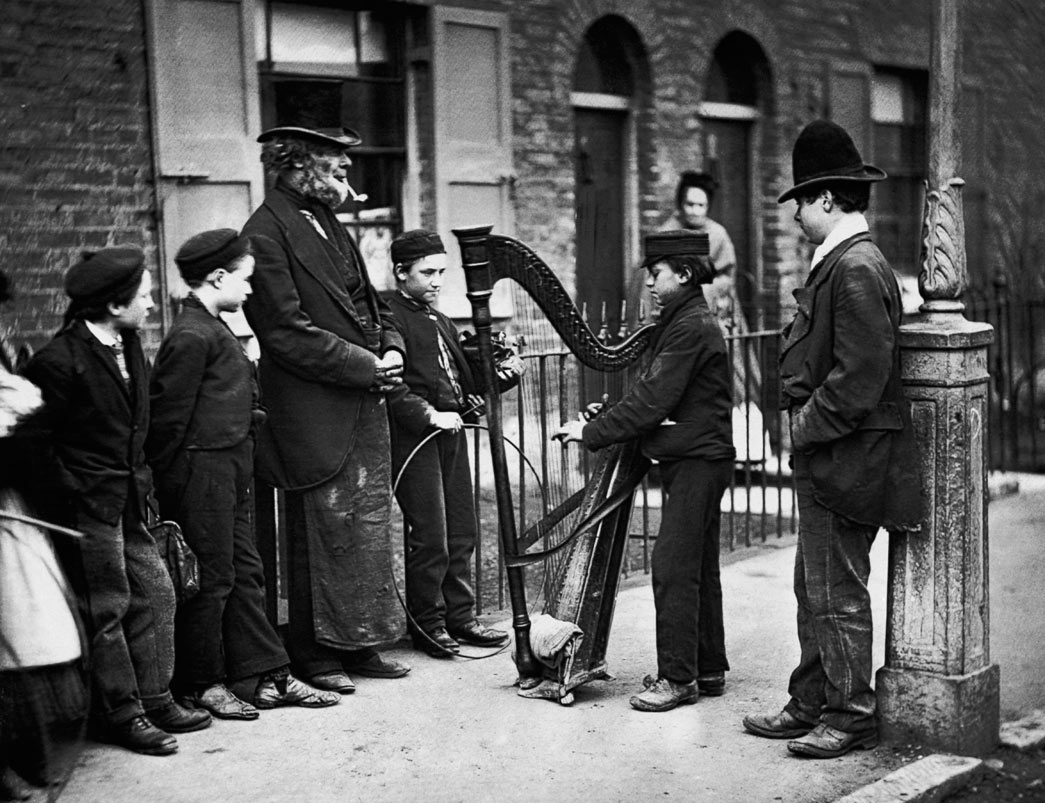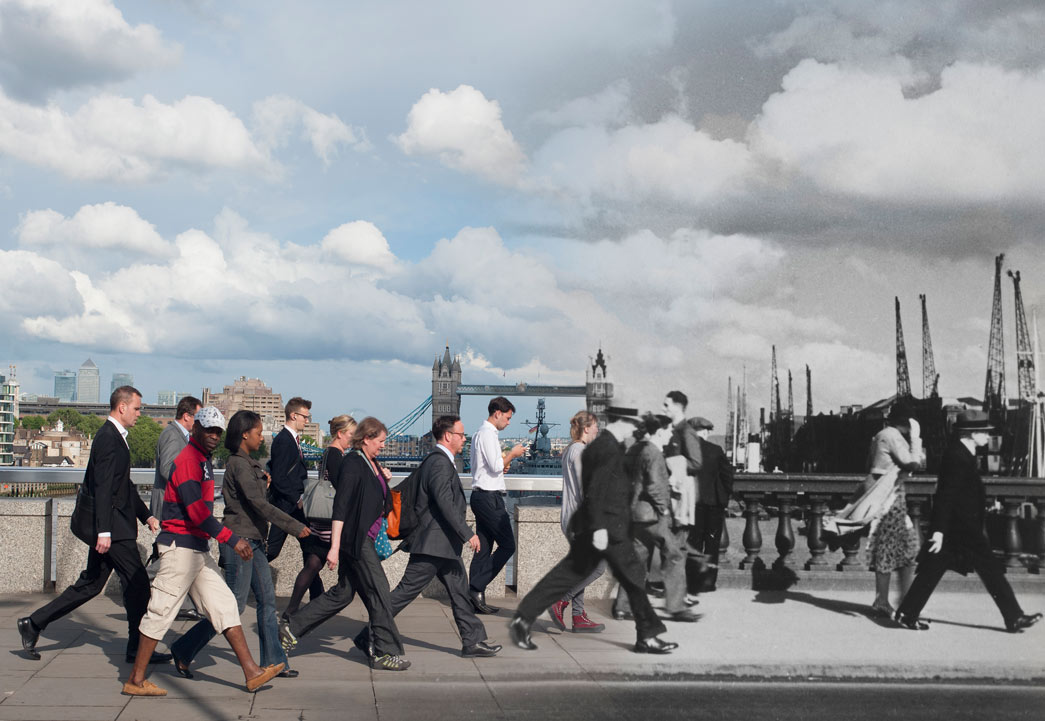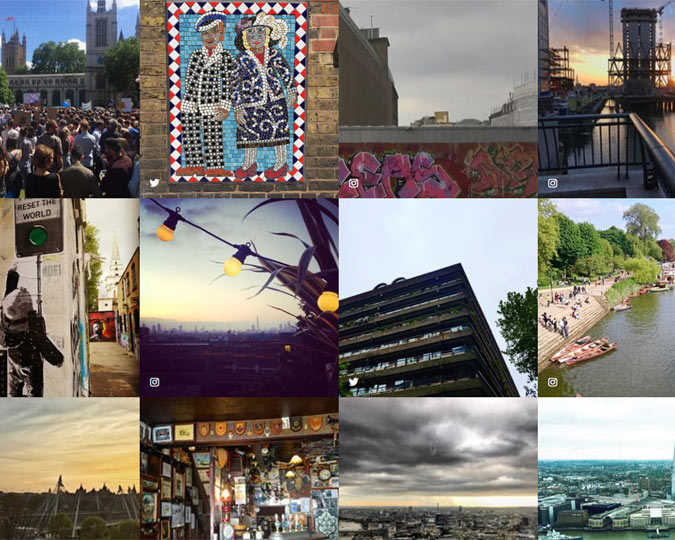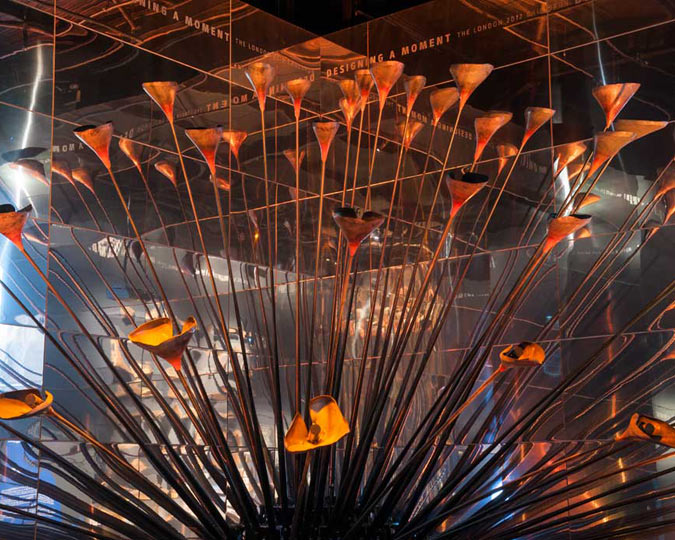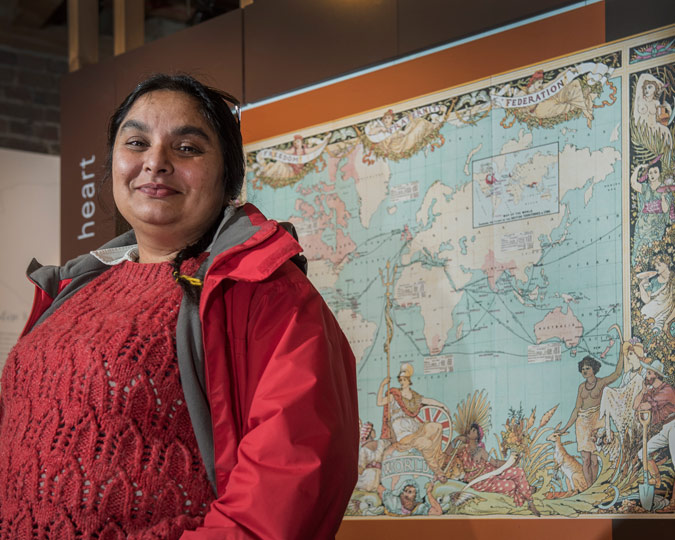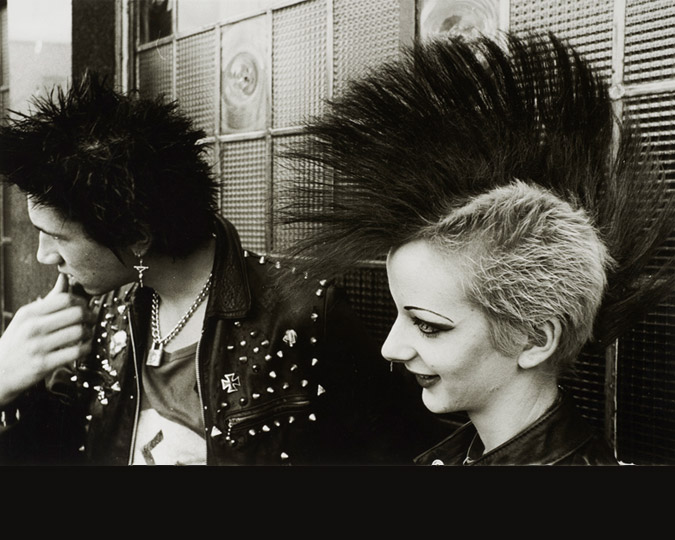A response from Sharon Ament, Director of the Museum of London, to the recent terrorist attack on London.
Everyone at the Museum of London is shocked and saddened by the attack on London Bridge and Borough Market on Saturday 3 June. Our thoughts and condolences are with the victims, their loved ones and everyone who was affected. The bravery of our emergency services, and of the ordinary Londoners who rushed to help, stands as an example of all that is finest about this city.
As always when London is threatened, its people respond with courage and defiance. The reaction of the city has not been one of fear or division, but of coming together as we have done for centuries. This is a city founded on civic pride, made strong by the diversity of communities within it. From the Great Fire to the Blitz to today, times of adversity bring out the best in the people of London.
We want to pay homage to London and its people. This week, we will be sharing a few highlights from our collections that show this incredible city, our city, at its best.
Draper's Shop Basement shelter, Seven Sisters Road, Bill Brandt, 1941
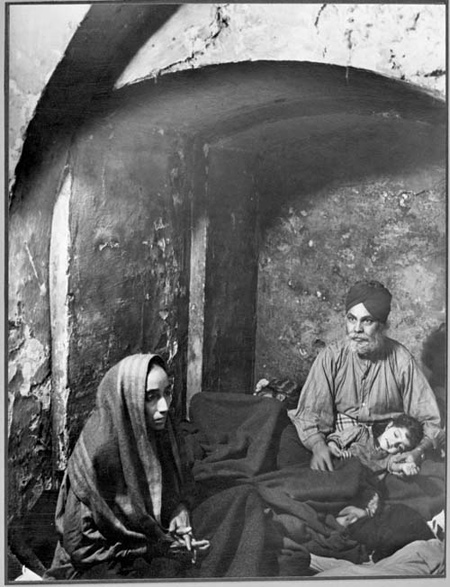
Sheltering in the crypt of Christ Church, Spitalfields, during the Blitz
Bill Brandt, 1941
This photograph of an air-raid shelter in the basement of a shop, taken by war artist Bill Brandt during the height of the London Blitz, captures the resilience of Londoners under the worst circumstances.
Following the onset of the Blitz in September 1940, thousands of Londoners began to use Tube stations and other as impromptu air-raid shelters. Although the idea of Londoners sheltering in Tube stations has subsequently become symbolic of Home Front resilience, in fact only 5% of Londoners used the underground systems in this way. Indeed, large parts of South and East London, the areas most vulnerable to attack, were not part of the Tube network. The images in Brandt's series, for instance, show people using church crypts, shop basements and even railway arches for shelter, in addition to Tube stations.
Although the Government had initial reservations about these unofficial shelters, it soon recognised their importance for public morale, as much as safety. As we can see in this picture people did as they do now – they came together and supported each other. Playing records could offer distraction and help to keep people’s spirits up despite sad and difficult times.
Bill Brandt was commissioned to comprehensively document life in the temporary shelters by the Ministry of Information. Every night between 4 and 12 November 1940, he visited shelters across the city. On 12 November, he became ill and was unable to complete the survey.
Italian Street Musicians, John Thomson, 1877
How could we celebrate the spirit of London without celebrating the diversity that makes our city so welcoming, and so strong? This photograph of a young Italian street musician was taken by John Thomson and published in Street Life in London, a series of articles by the radical journalist Adolphe Smith and photographer John Thomson.
The text accompanying the image includes the following description of the harpist 'His parents have long been established in England, and have a regular home at Deptford... One of the daughters plays the fiddle admirably, and the young son is equally skilful with the harp. He has only been in England about two years, and can already speak English fluently. He is described throughout the neighbourhood, where he is known to every one, as a charming boy.”
London Bridge Commuters, 1935 - 2014
The city's rich heritage connects Londoners, past and present. This image is a composite of a shot by a Museum of London photographer in 2014 with Henry Turner's 1935 photograph, A windy evening on London Bridge. Although the people, the skyline, and the streets may change, the city remains. Perhaps nowhere captures this better than London Bridge itself, built during the second half of the 20th century but with a history stretching back to Roman times. The current bridge opened in 1973, replacing a 19th century bridge which was known as "New London Bridge". The new bridge replaced the medieval London Bridge built in 1209, a magnificent medieval structure that supported 200 buildings, two fortified gatehouses, and a chapel. This was the city's only route across the Thames for over 600 years, built on the same site as the Roman bridge that helped the small town of Londinium grow into the greatest city in Britain.








